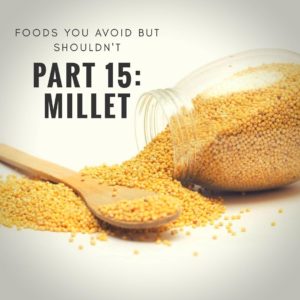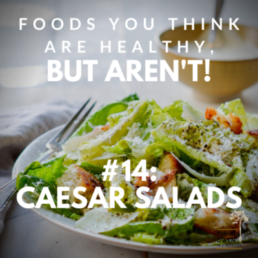 Why we avoid it:
Why we avoid it:
Although millet is a major food source in the arid and semi-arid regions of the world, it’s considered birdseed in Europe and North America. We don’t eat Alpo or Purina, so why would we eat bird food?
Why we should eat it:
Millet is not just for the birds. In addition to being gluten-free, millet is considered one of the most digestible and non-allergenic grains available. Millet is rich in B vitamins — especially niacin, B6 and folic acid, calcium, iron, potassium, magnesium, and zinc. Millet is high in fiber and antioxidants, which can lower the risk of colon cancer. Preliminary studies suggest that millet consumption lowers blood glucose levels, cholesterol levels and triglyceride levels, reduces inflammation, prevents ulcers, and aids in wound healing. As gluten-free diets become more popular, interest in millet as a replacement for wheat is growing. And there is quite a large variety of different millets to try — the primary types are pearl, foxtail, proso and finger. But don’t take the stuff from the birdcage; the millet sold for pet food still has the indigestible outer hull.










